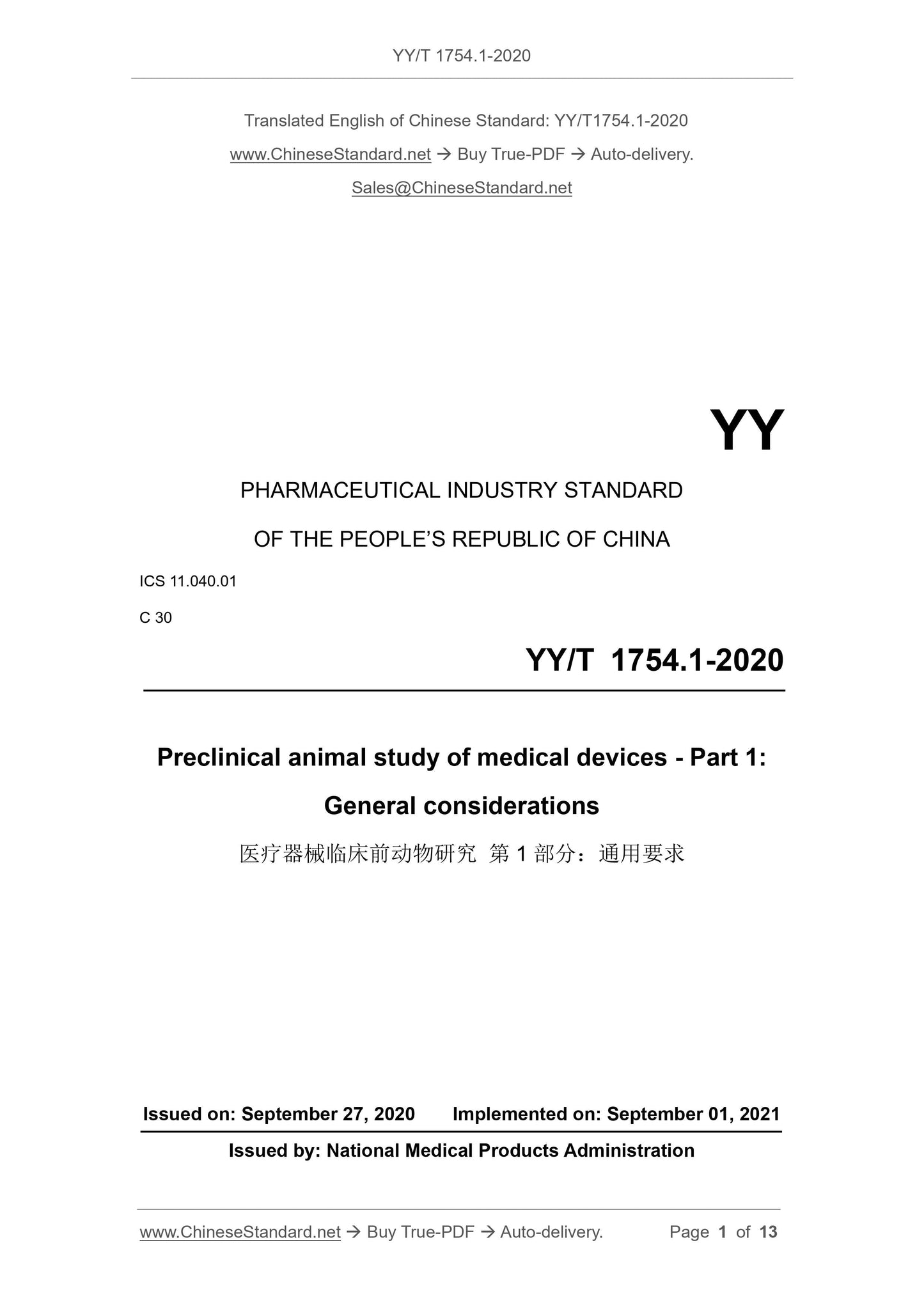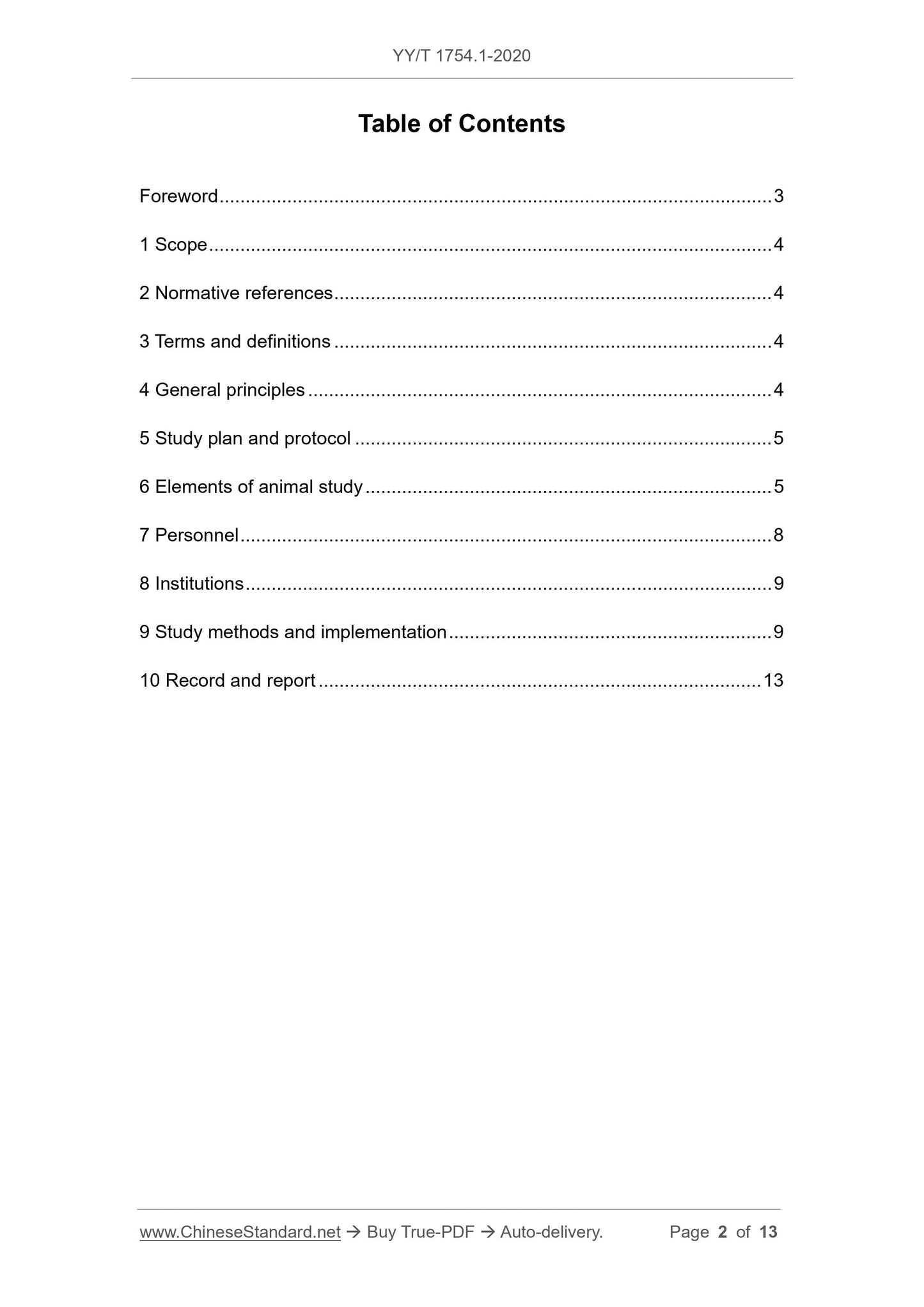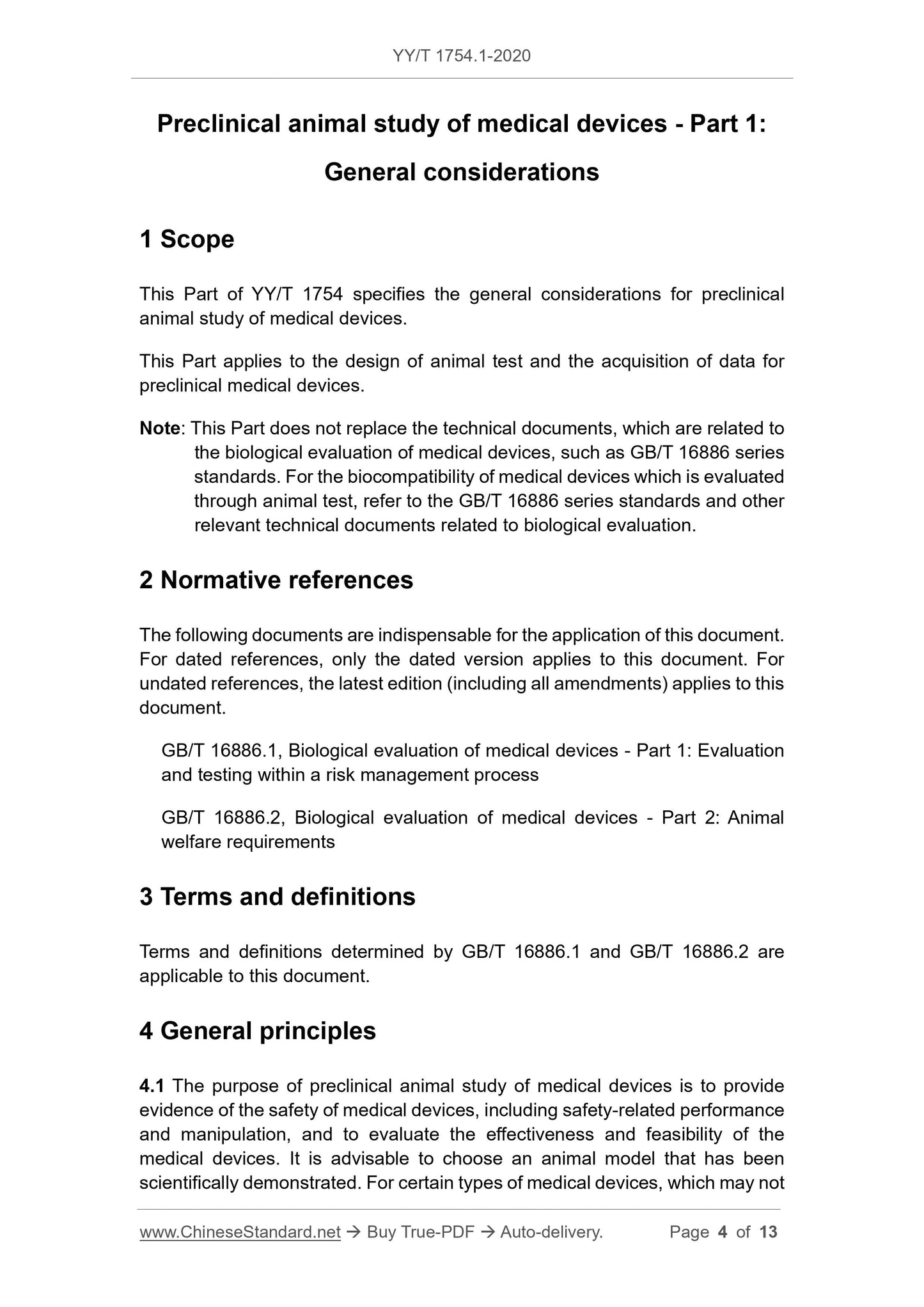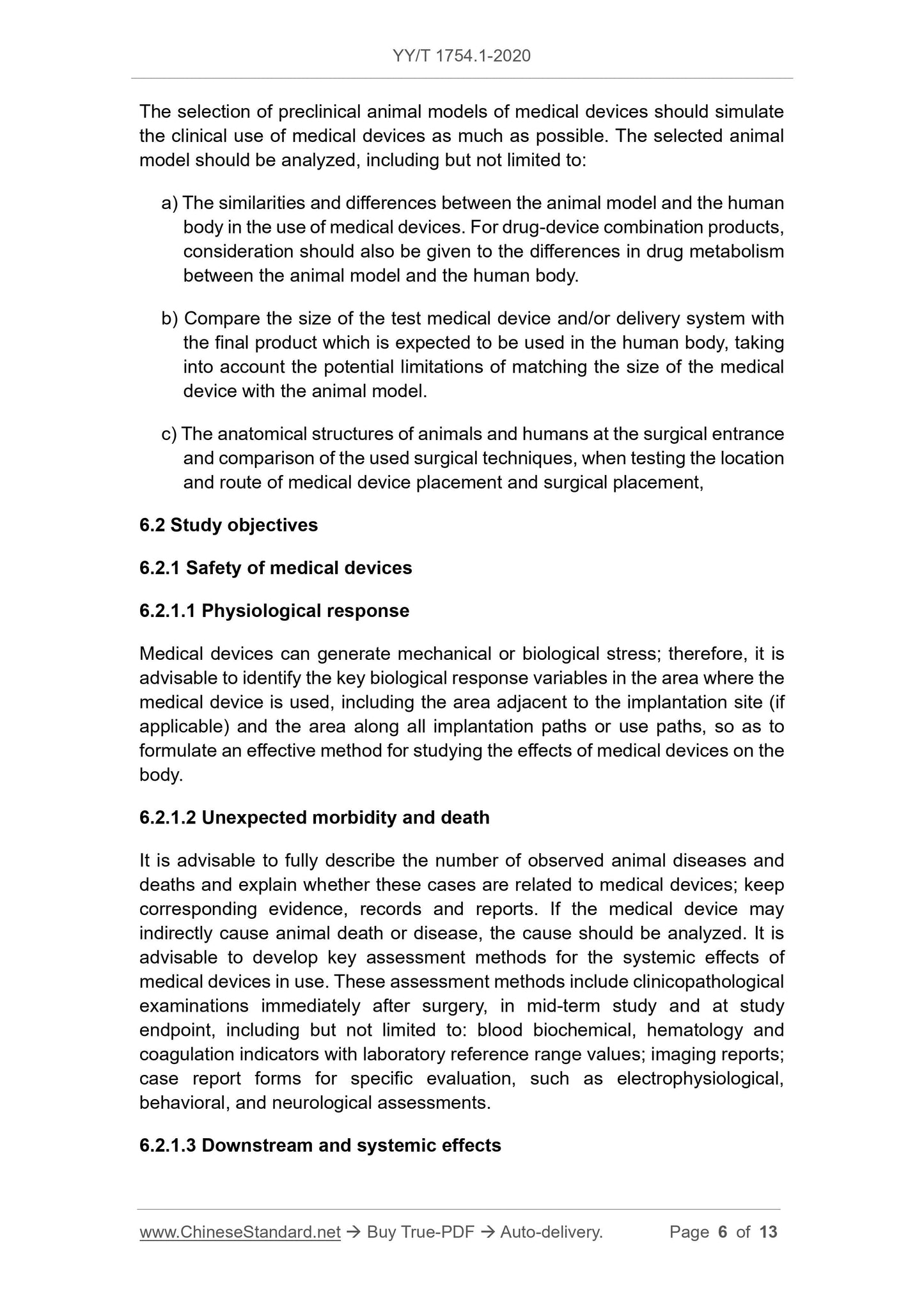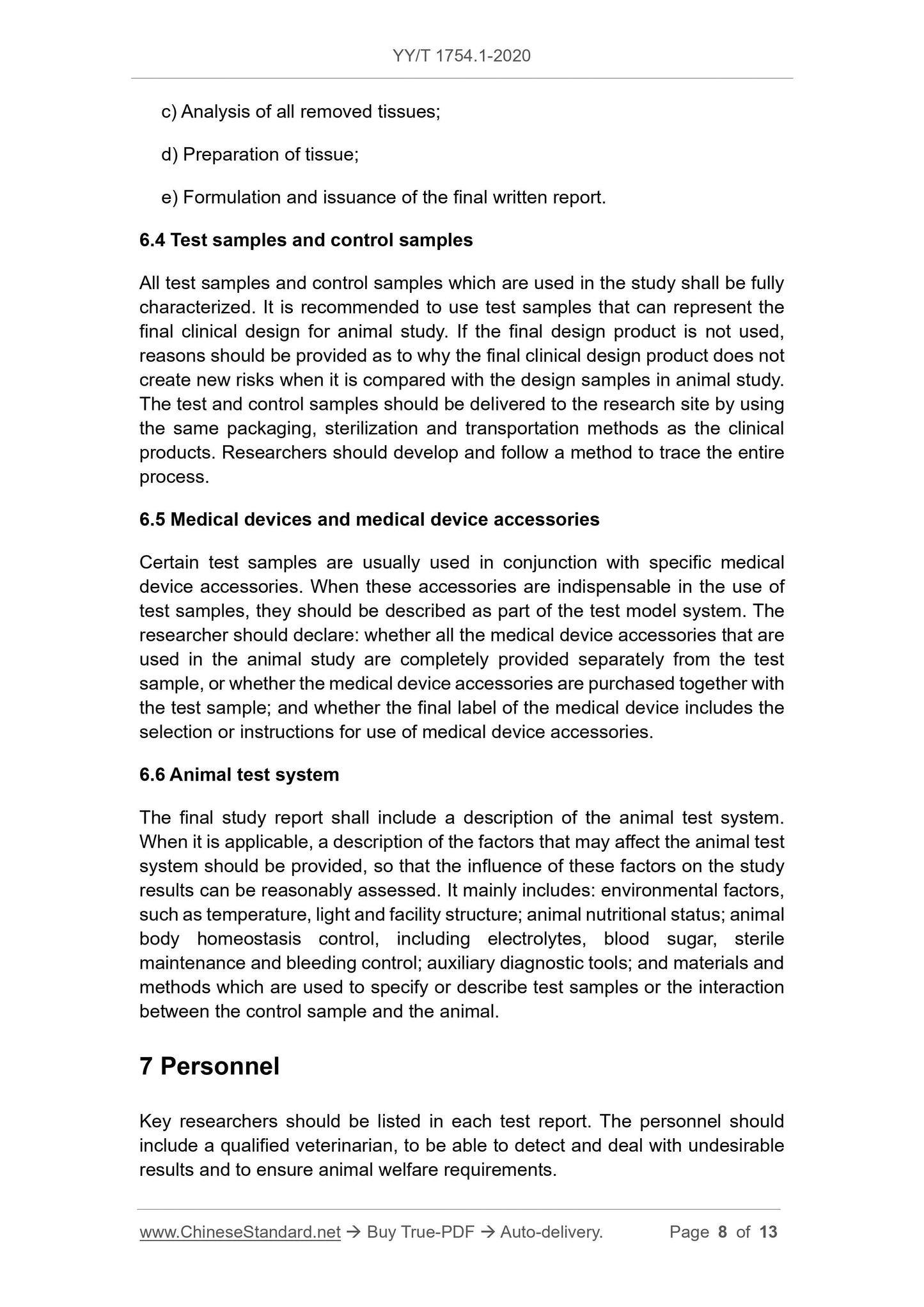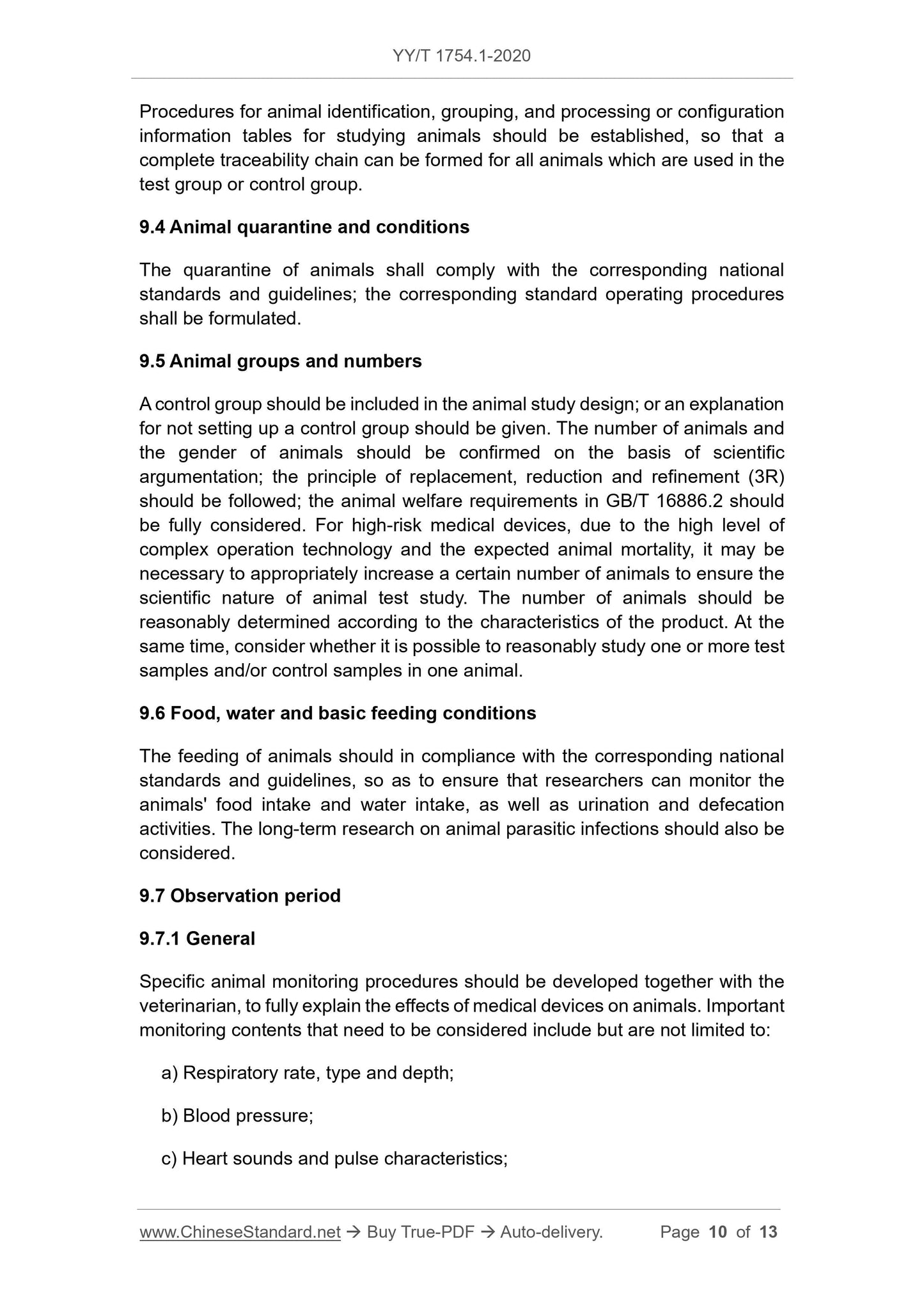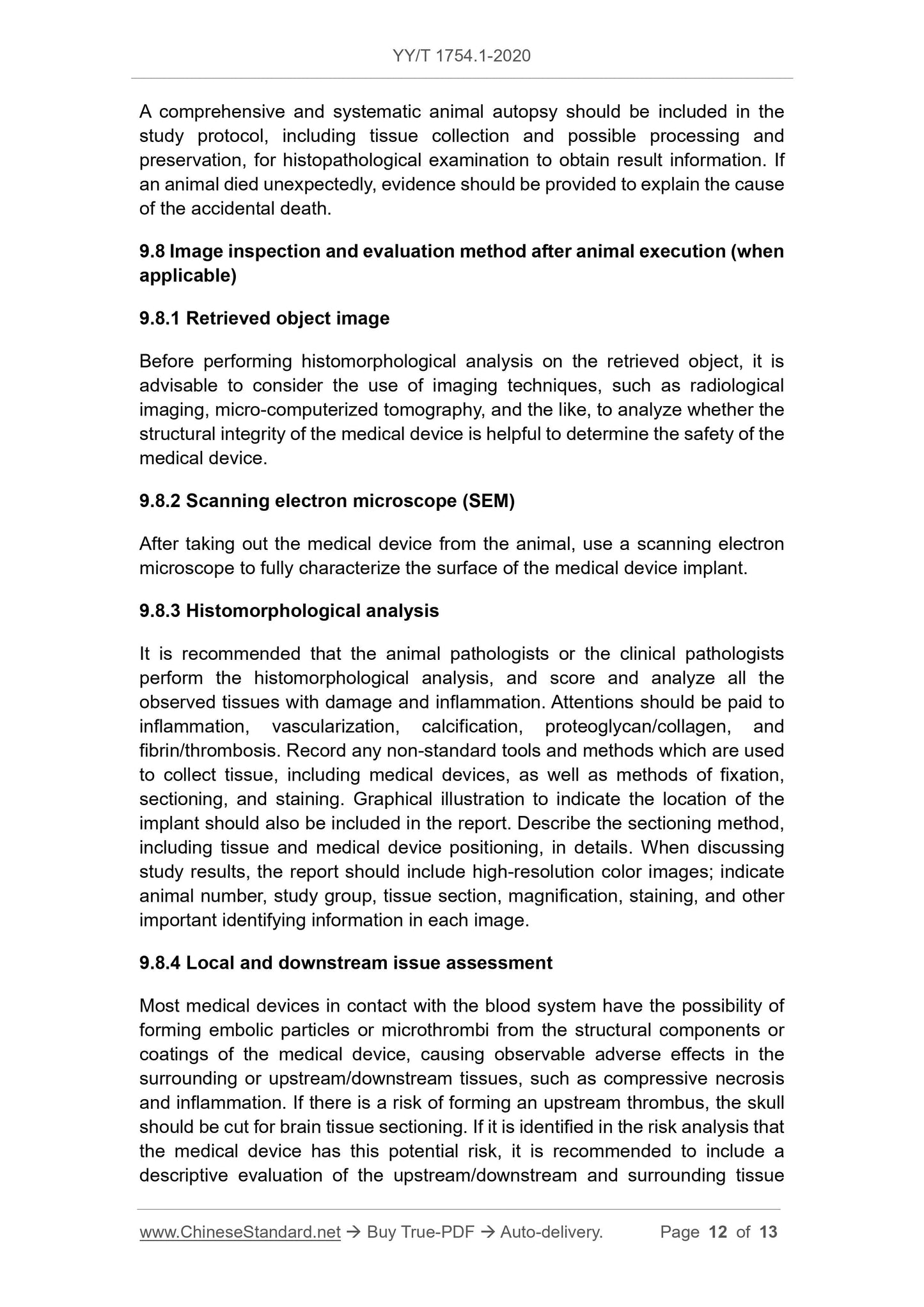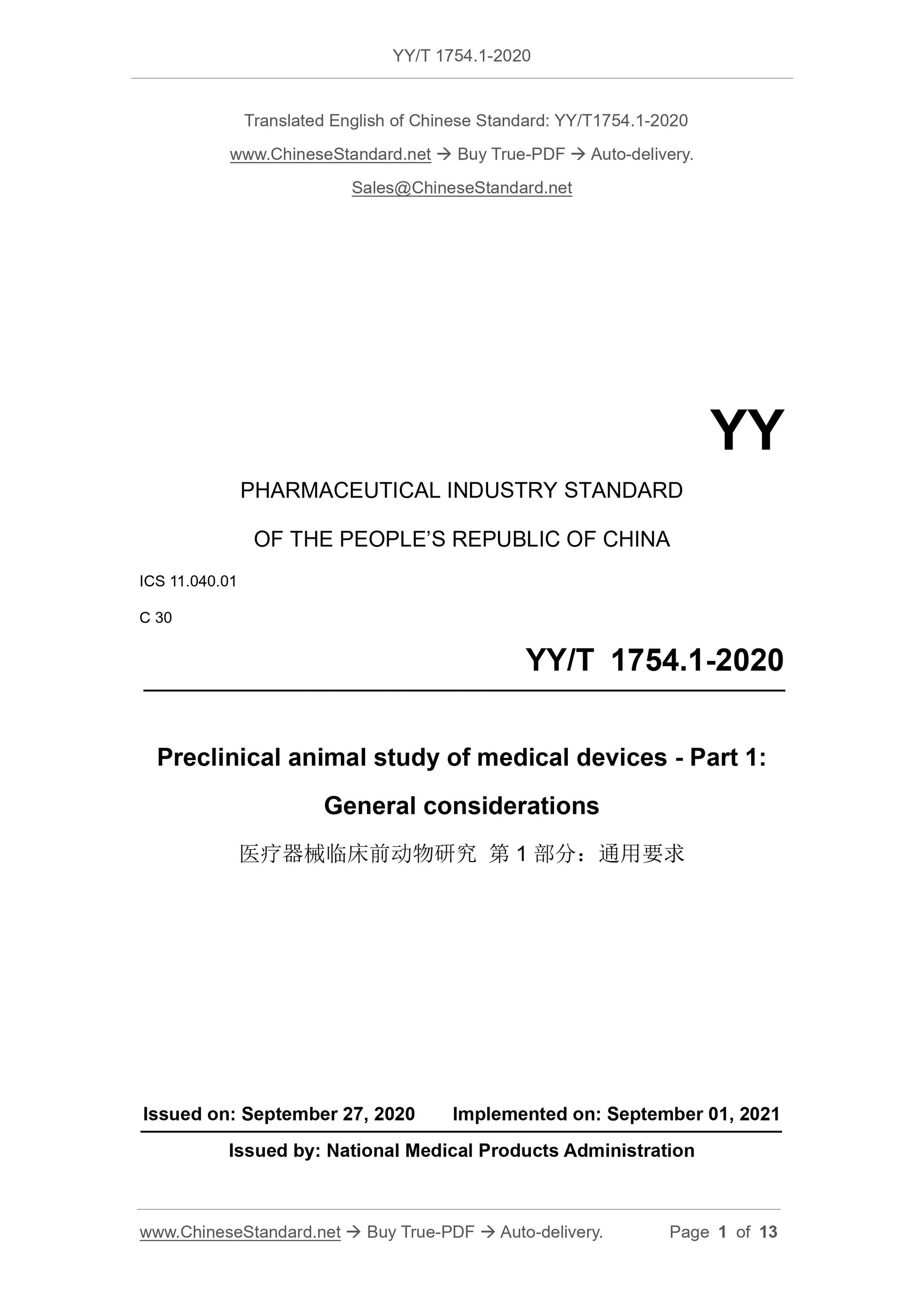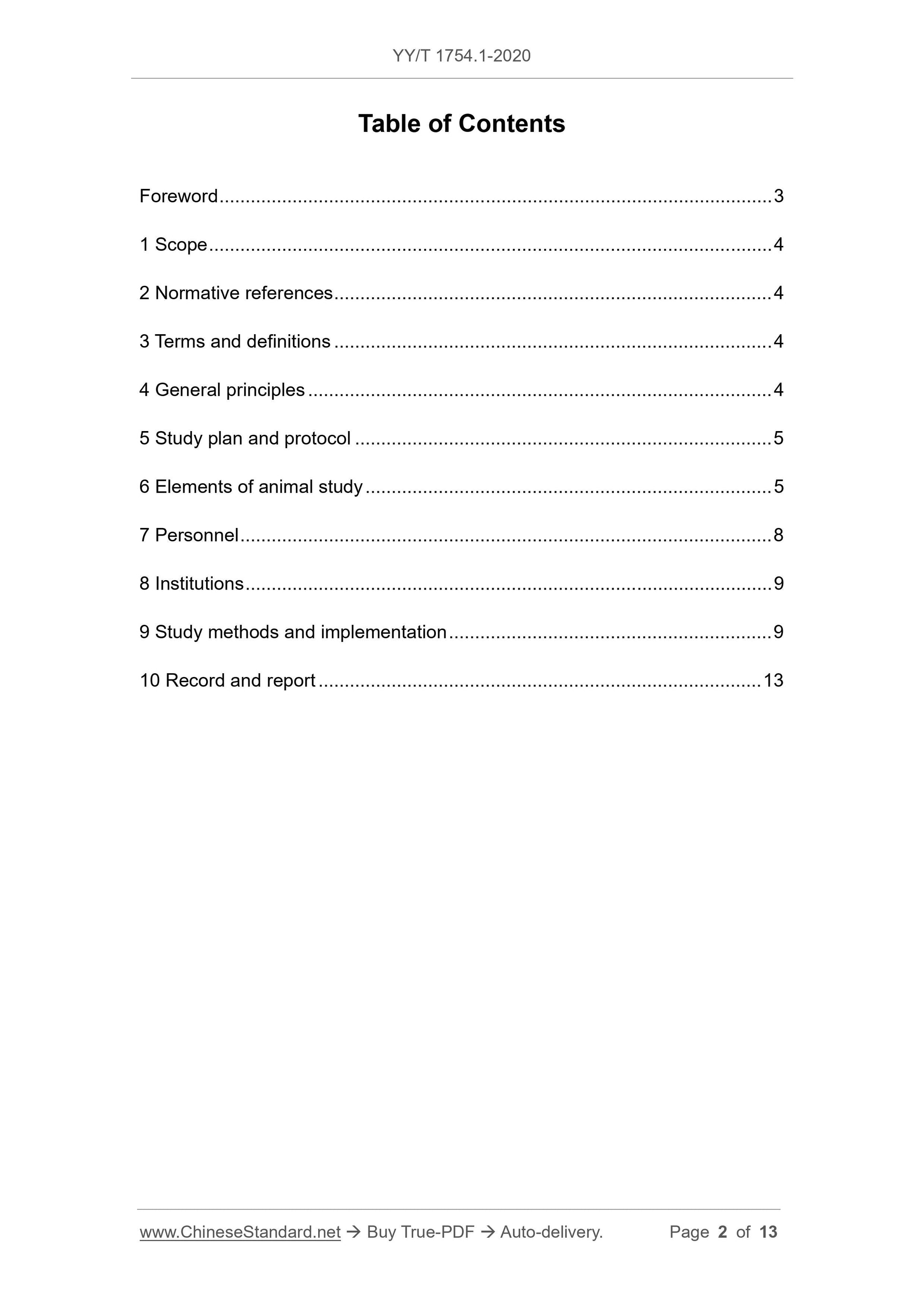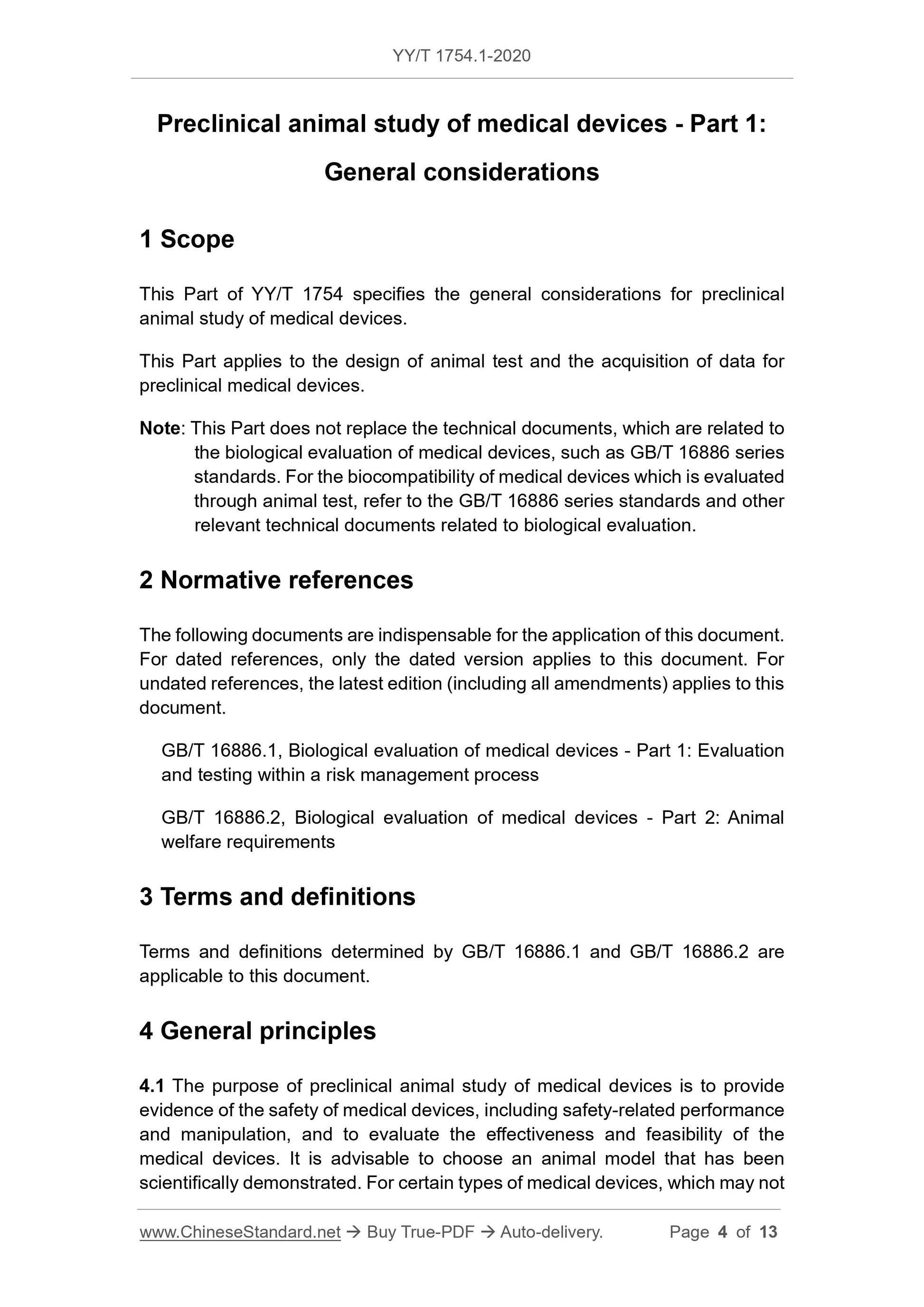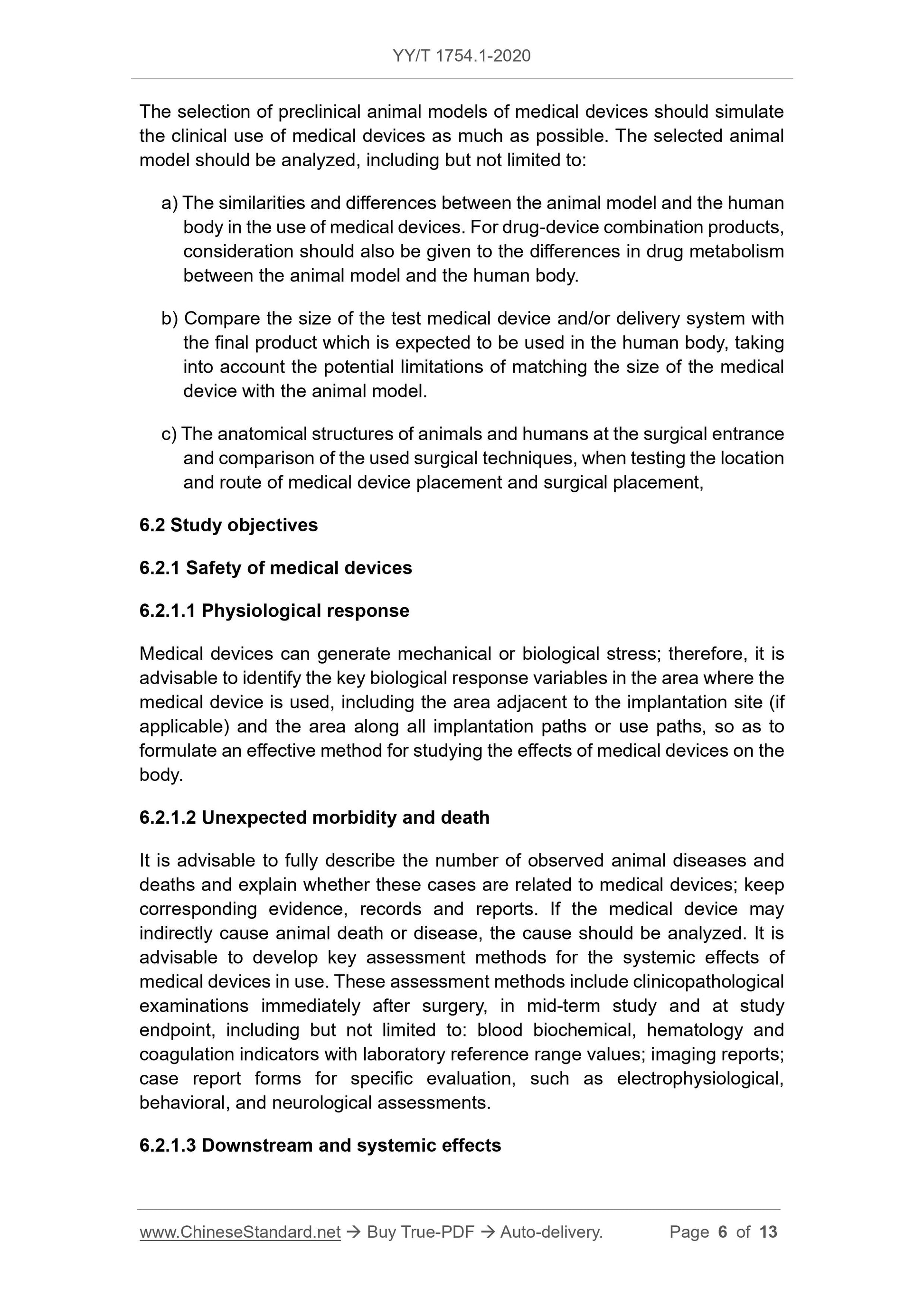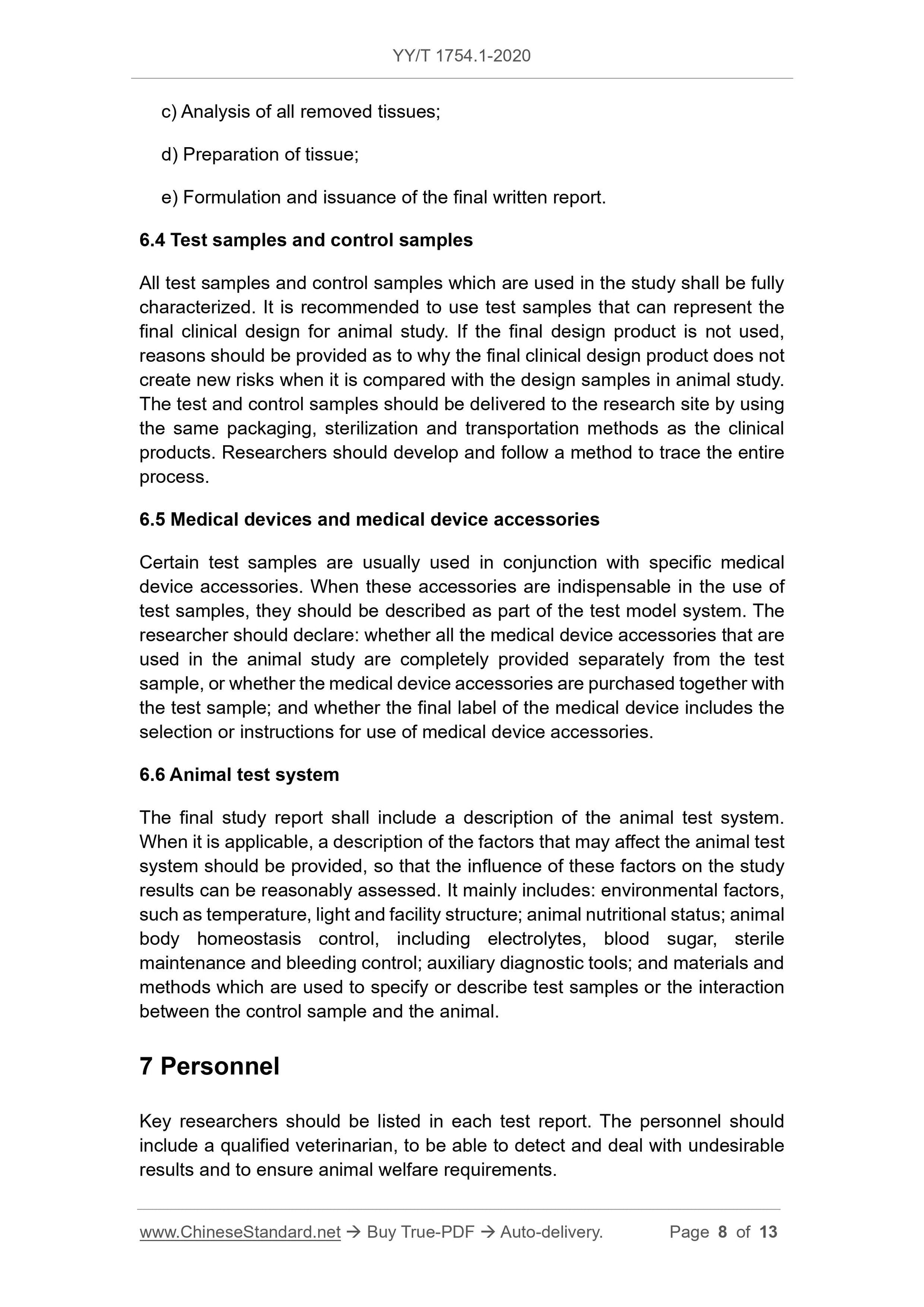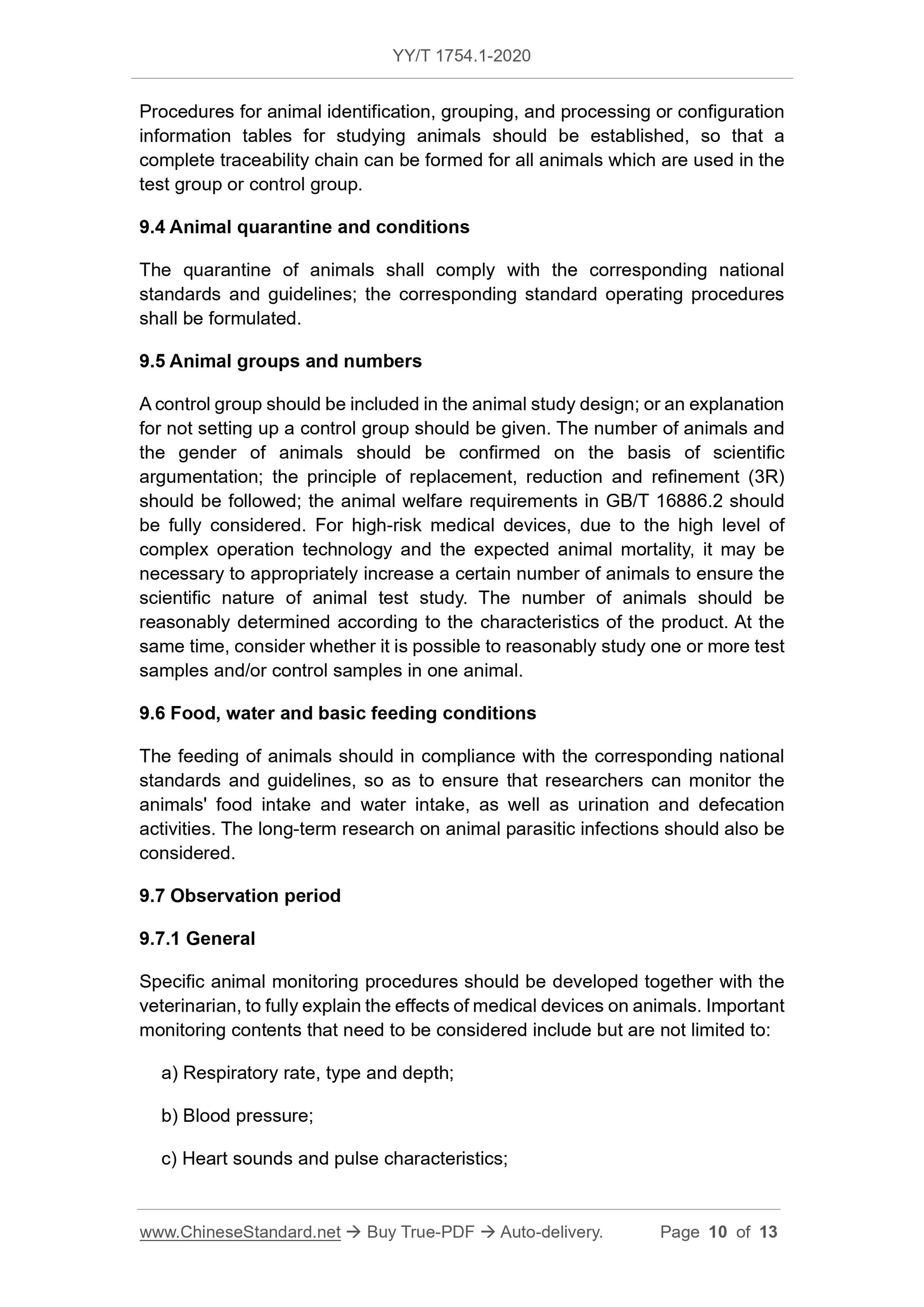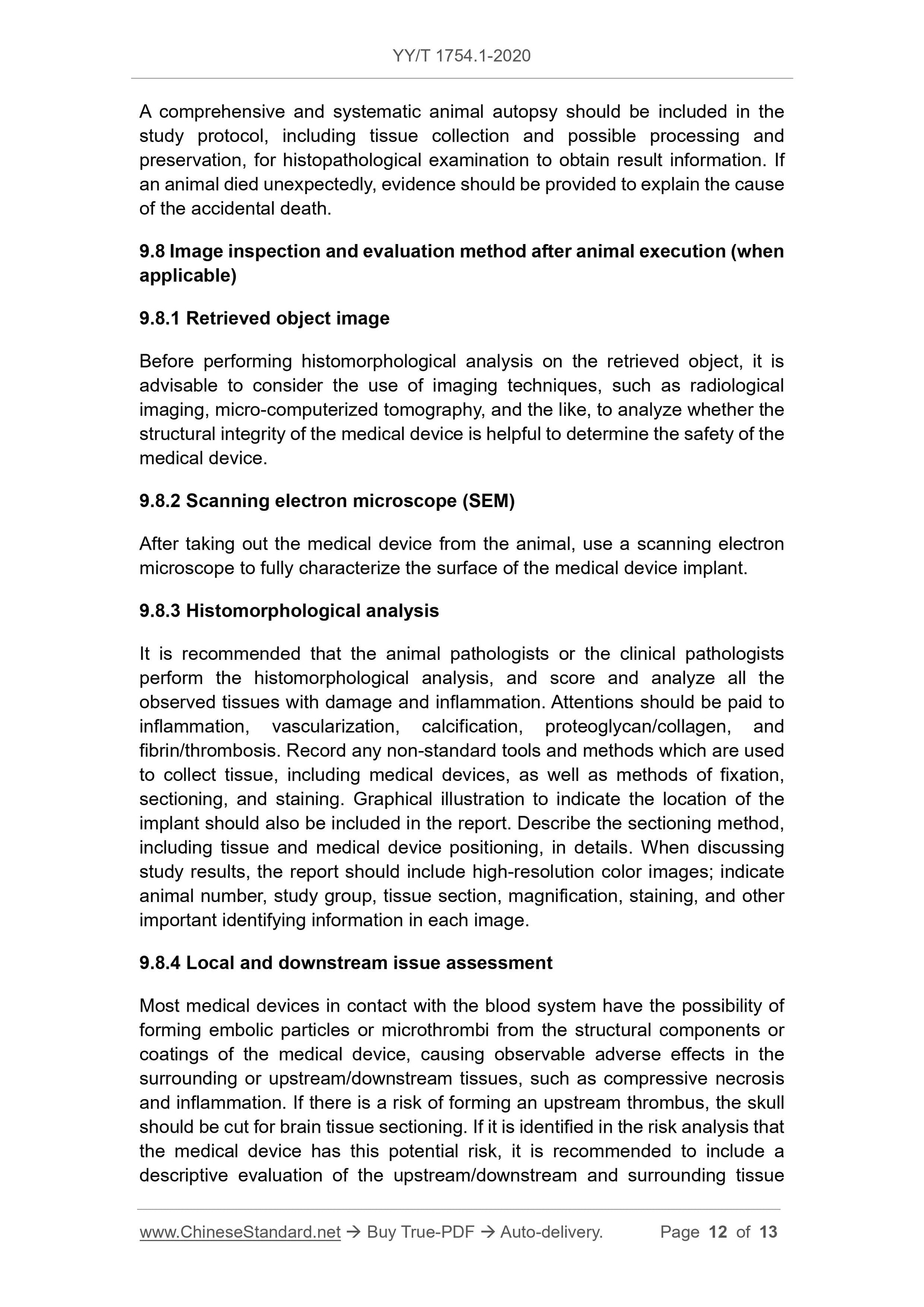1
/
of
7
www.ChineseStandard.us -- Field Test Asia Pte. Ltd.
YY/T 1754.1-2020 English PDF (YY/T1754.1-2020)
YY/T 1754.1-2020 English PDF (YY/T1754.1-2020)
Regular price
$185.00
Regular price
Sale price
$185.00
Unit price
/
per
Shipping calculated at checkout.
Couldn't load pickup availability
YY/T 1754.1-2020: Preclinical animal study of medical devices - Part 1: General considerations
Delivery: 9 seconds. Download (and Email) true-PDF + Invoice.Get Quotation: Click YY/T 1754.1-2020 (Self-service in 1-minute)
Newer / historical versions: YY/T 1754.1-2020
Preview True-PDF
Scope
This Part of YY/T 1754 specifies the general considerations for preclinicalanimal study of medical devices.
This Part applies to the design of animal test and the acquisition of data for
preclinical medical devices.
Note: This Part does not replace the technical documents, which are related to
the biological evaluation of medical devices, such as GB/T 16886 series
standards. For the biocompatibility of medical devices which is evaluated
through animal test, refer to the GB/T 16886 series standards and other
relevant technical documents related to biological evaluation.
Basic Data
| Standard ID | YY/T 1754.1-2020 (YY/T1754.1-2020) |
| Description (Translated English) | Preclinical animal study of medical devices - Part 1: General considerations |
| Sector / Industry | Medical Device and Pharmaceutical Industry Standard (Recommended) |
| Classification of Chinese Standard | C30 |
| Classification of International Standard | 11.040.01 |
| Word Count Estimation | 8,867 |
| Date of Issue | 2020-09-27 |
| Date of Implementation | 2021-09-01 |
| Regulation (derived from) | Announcement No. 108 (2020) of the National Medical Products Administration |
| Issuing agency(ies) | State Drug Administration |
Share
